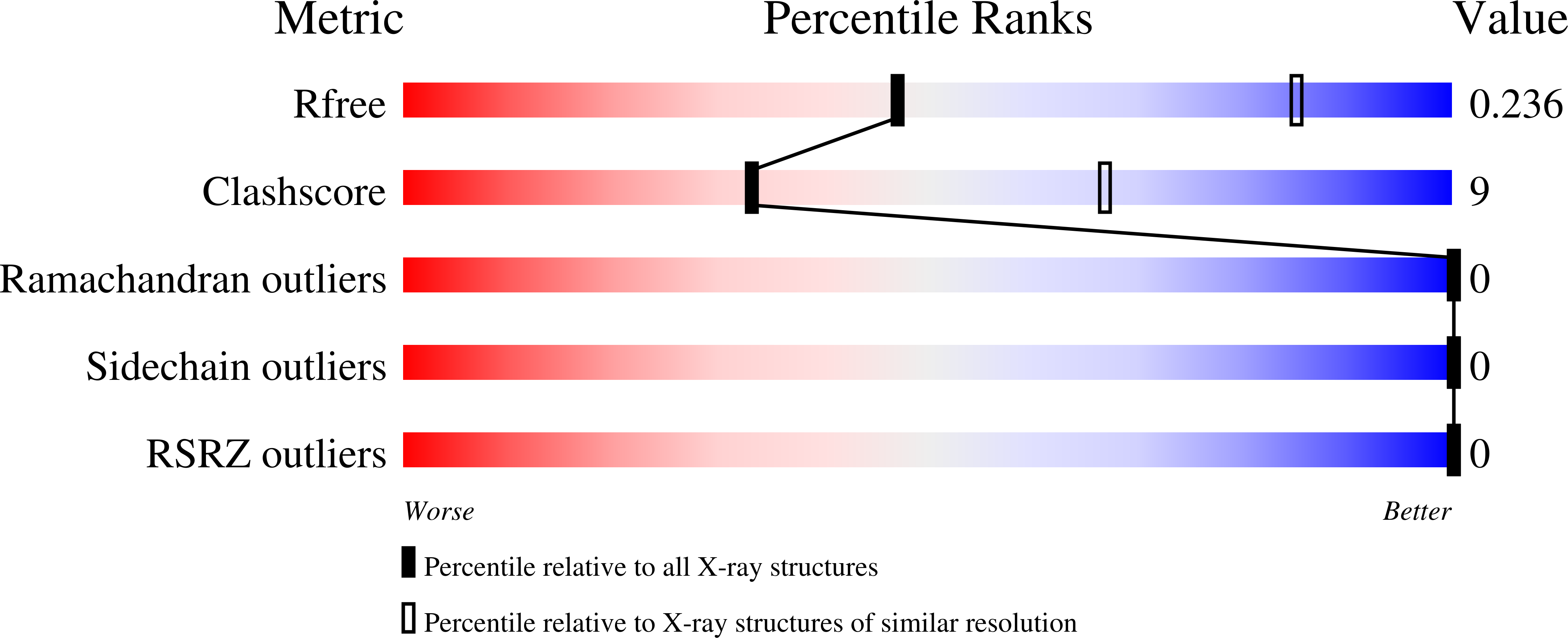
Deposition Date
2021-09-29
Release Date
2021-10-13
Last Version Date
2023-11-01
Entry Detail
PDB ID:
7SDP
Keywords:
Title:
Replication Initiator Protein REPE54 and cognate DNA sequence with terminal three prime phosphates.
Biological Source:
Source Organism:
Escherichia coli (Taxon ID: 562)
Host Organism:
Method Details:
Experimental Method:
Resolution:
3.01 Å
R-Value Free:
0.23
R-Value Work:
0.18
R-Value Observed:
0.18
Space Group:
C 1 2 1


